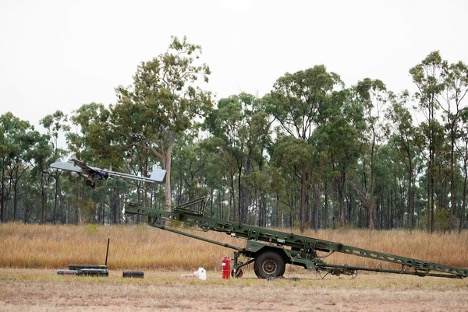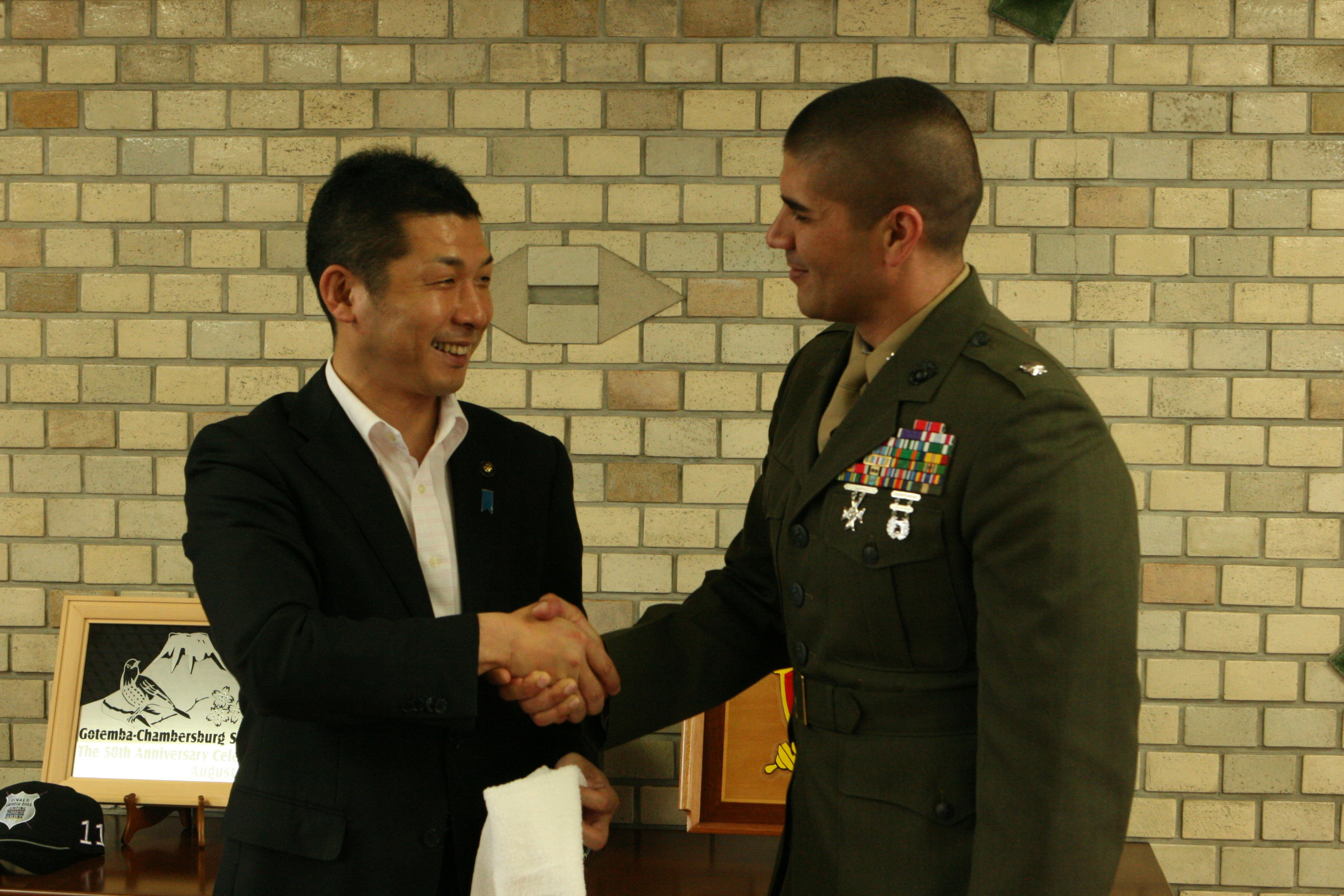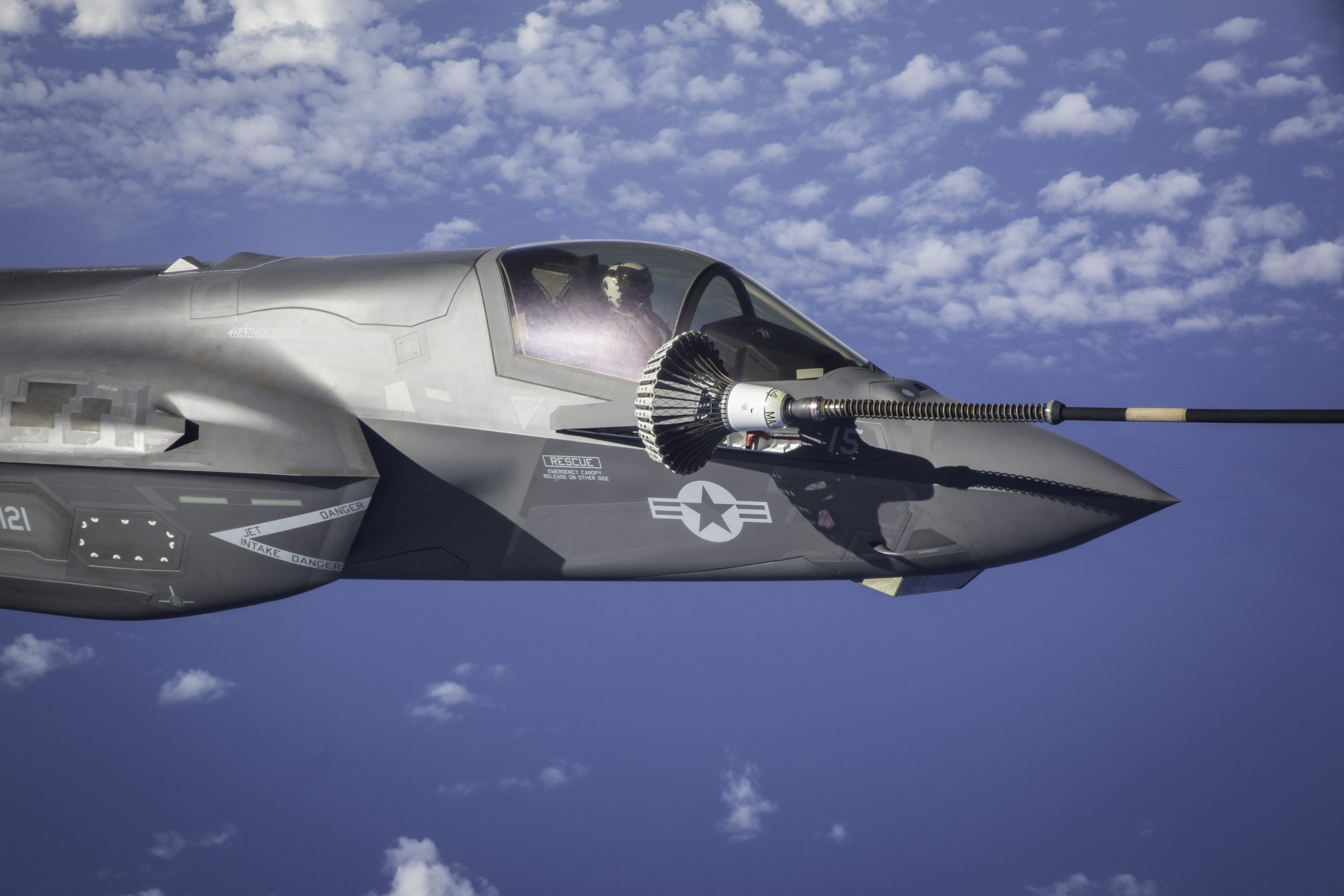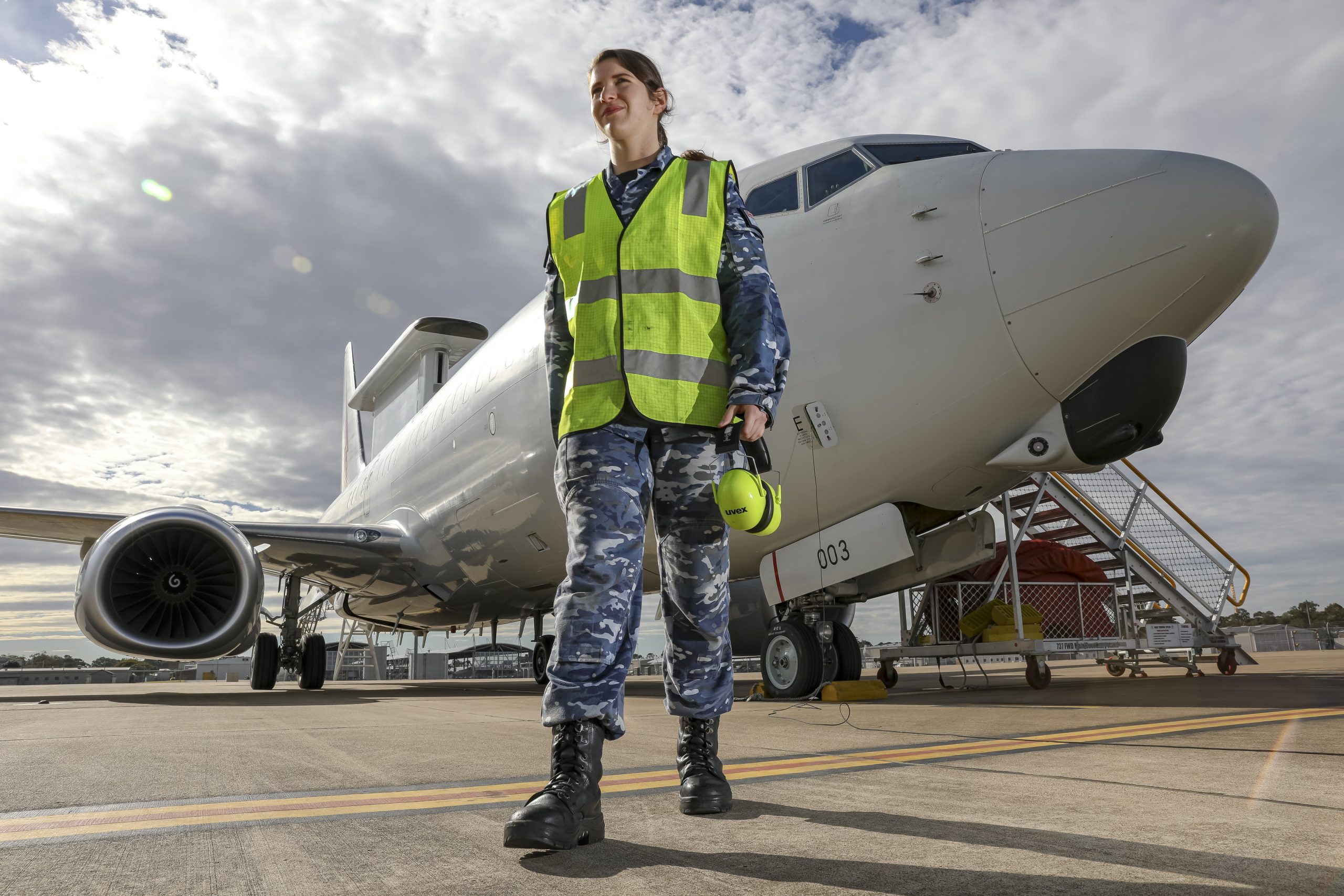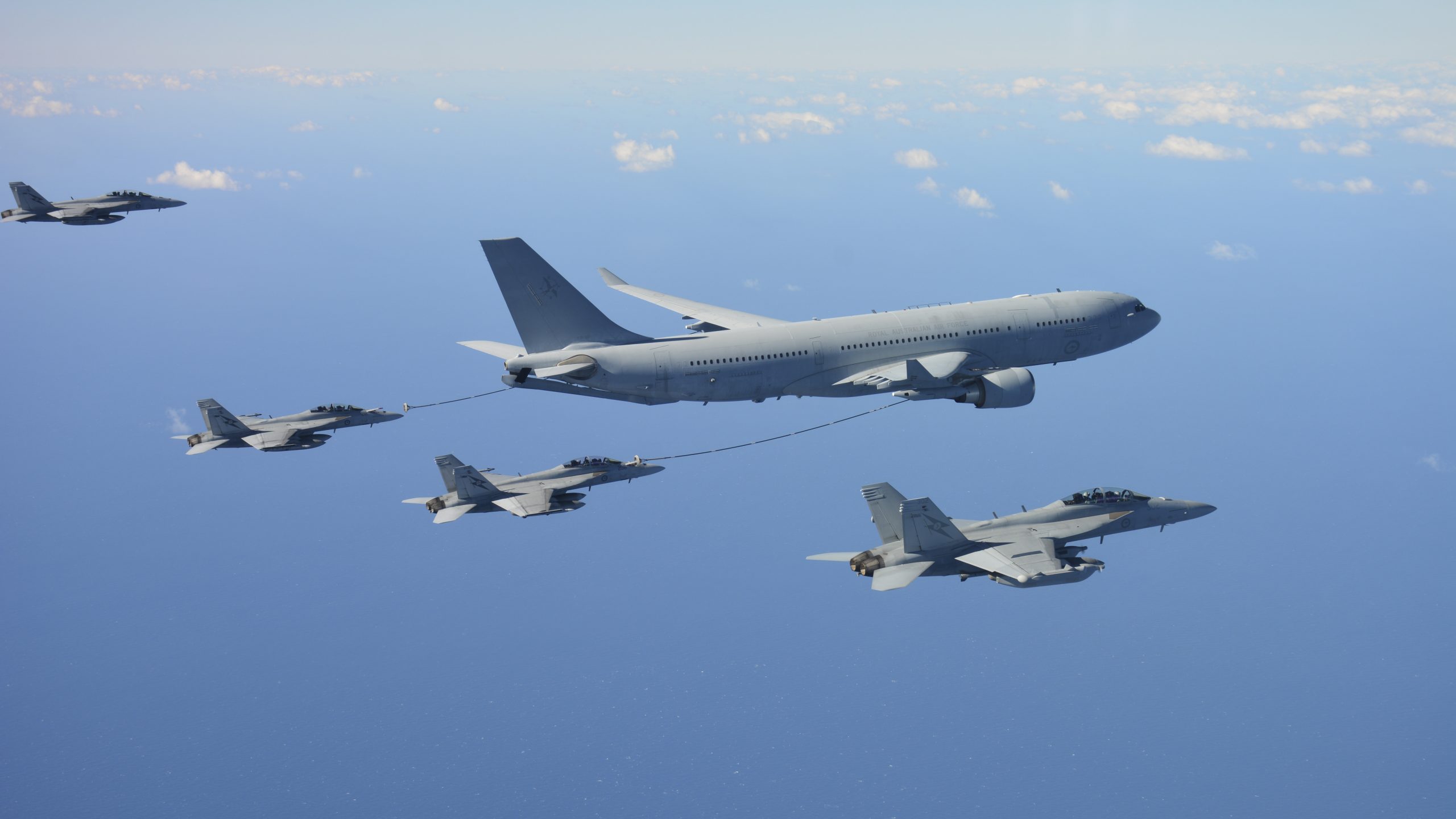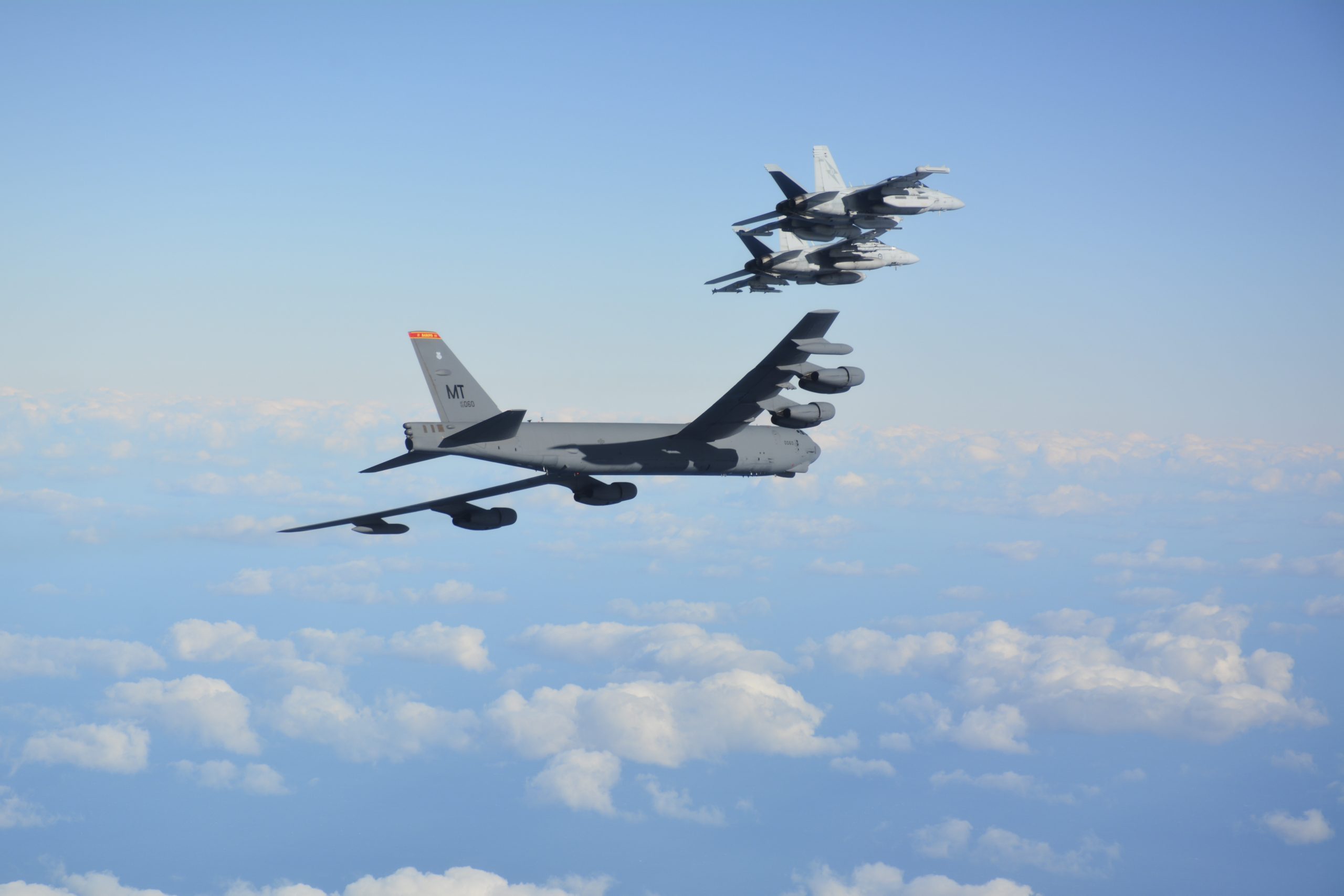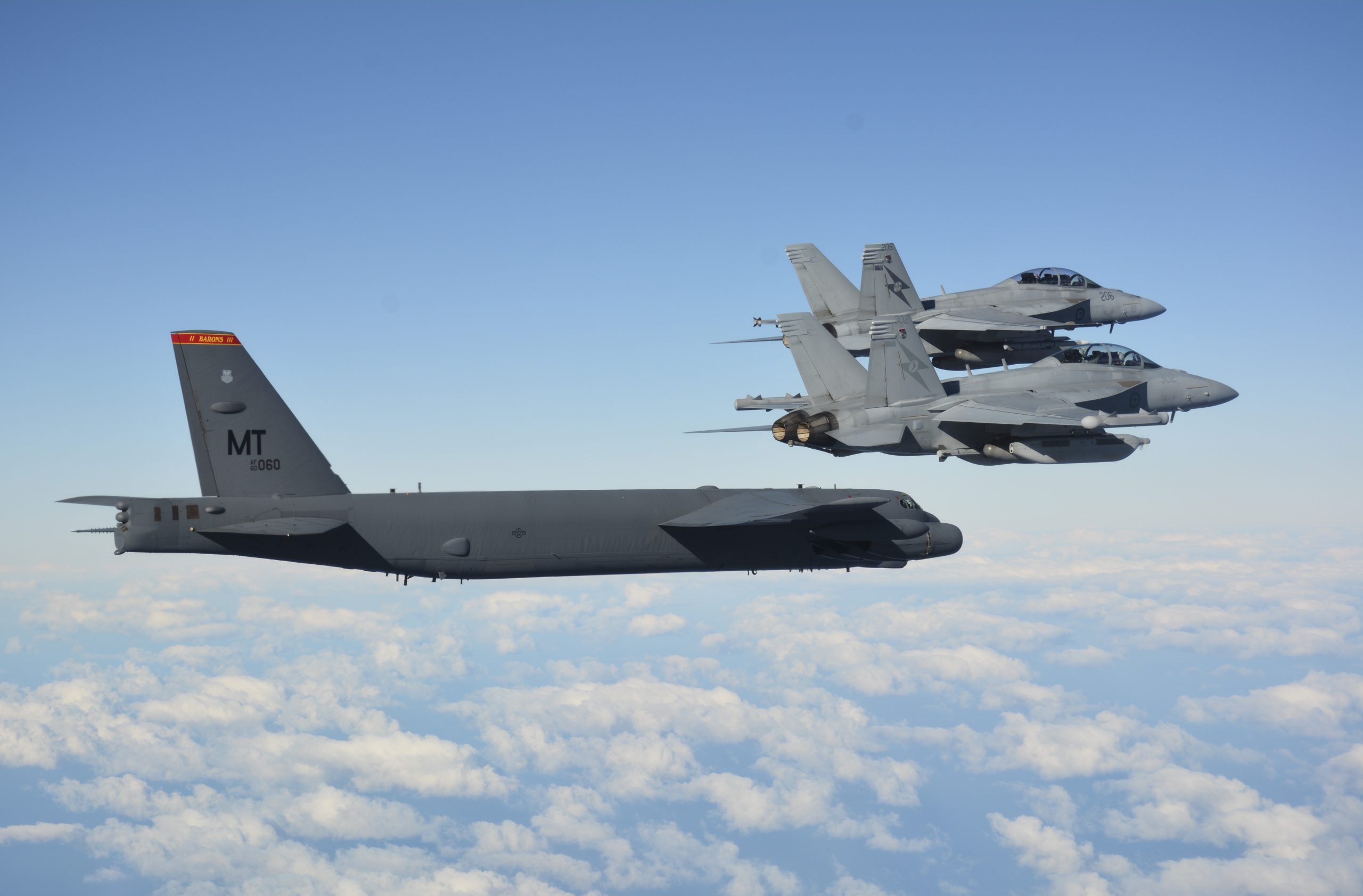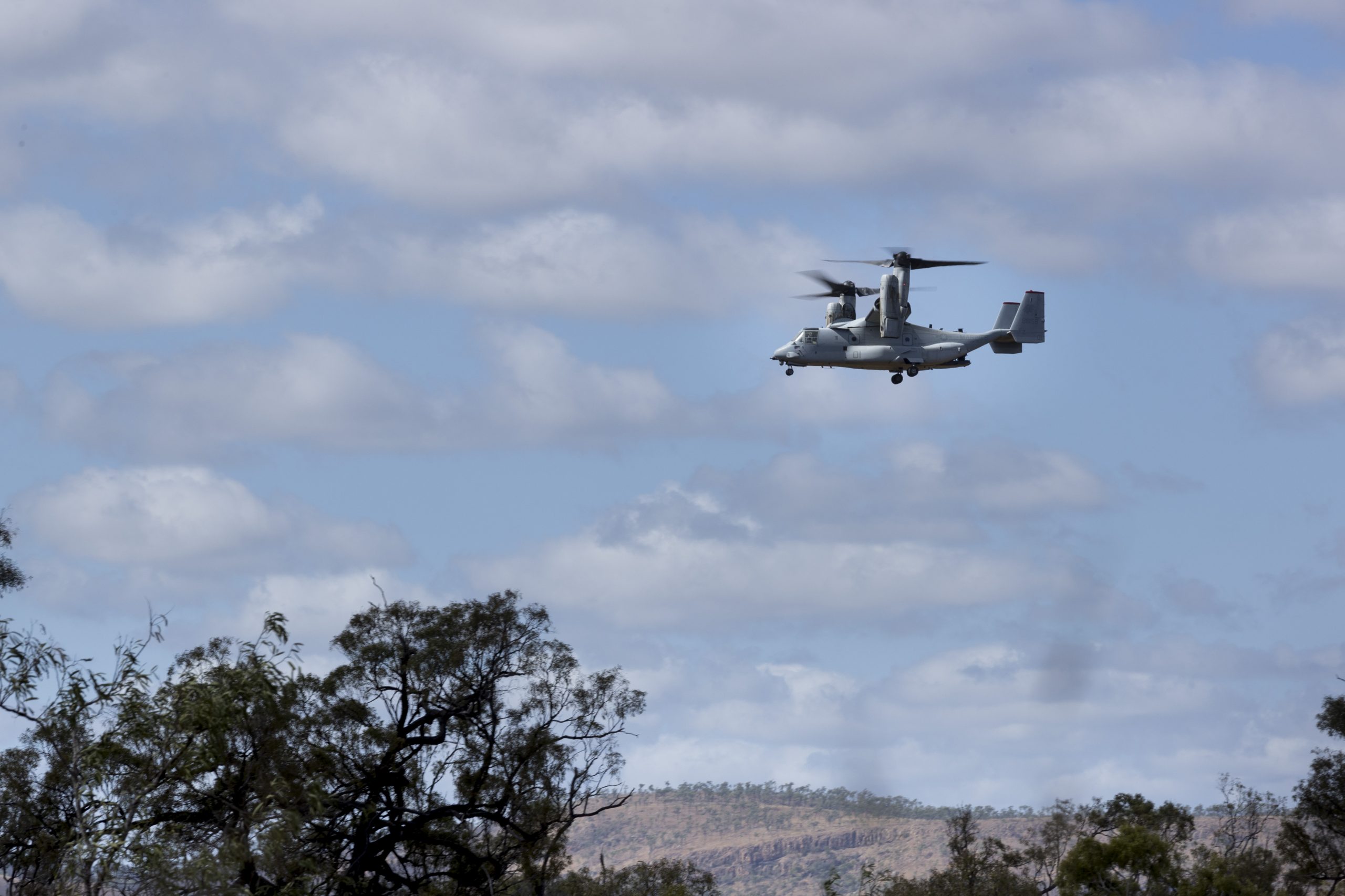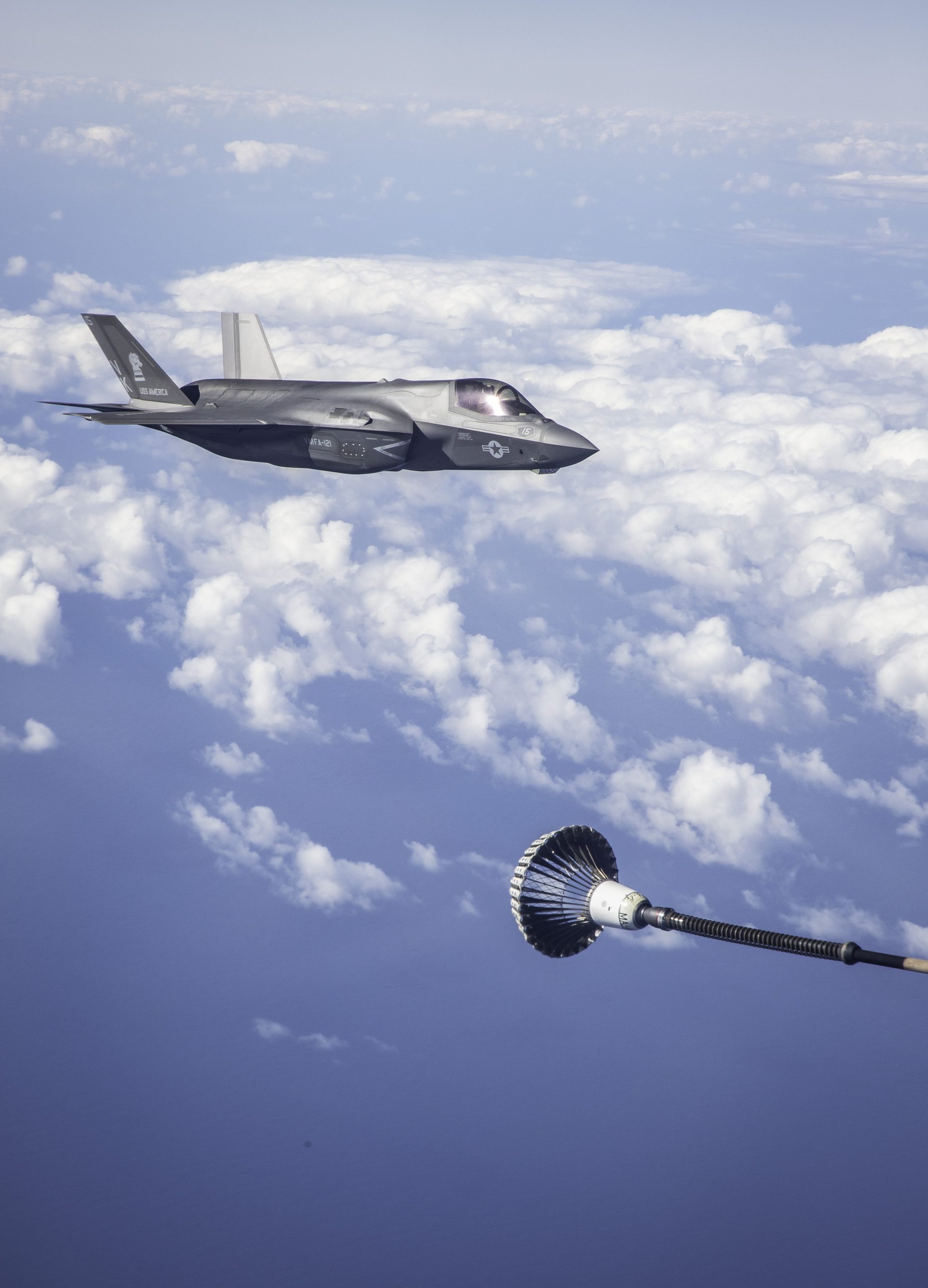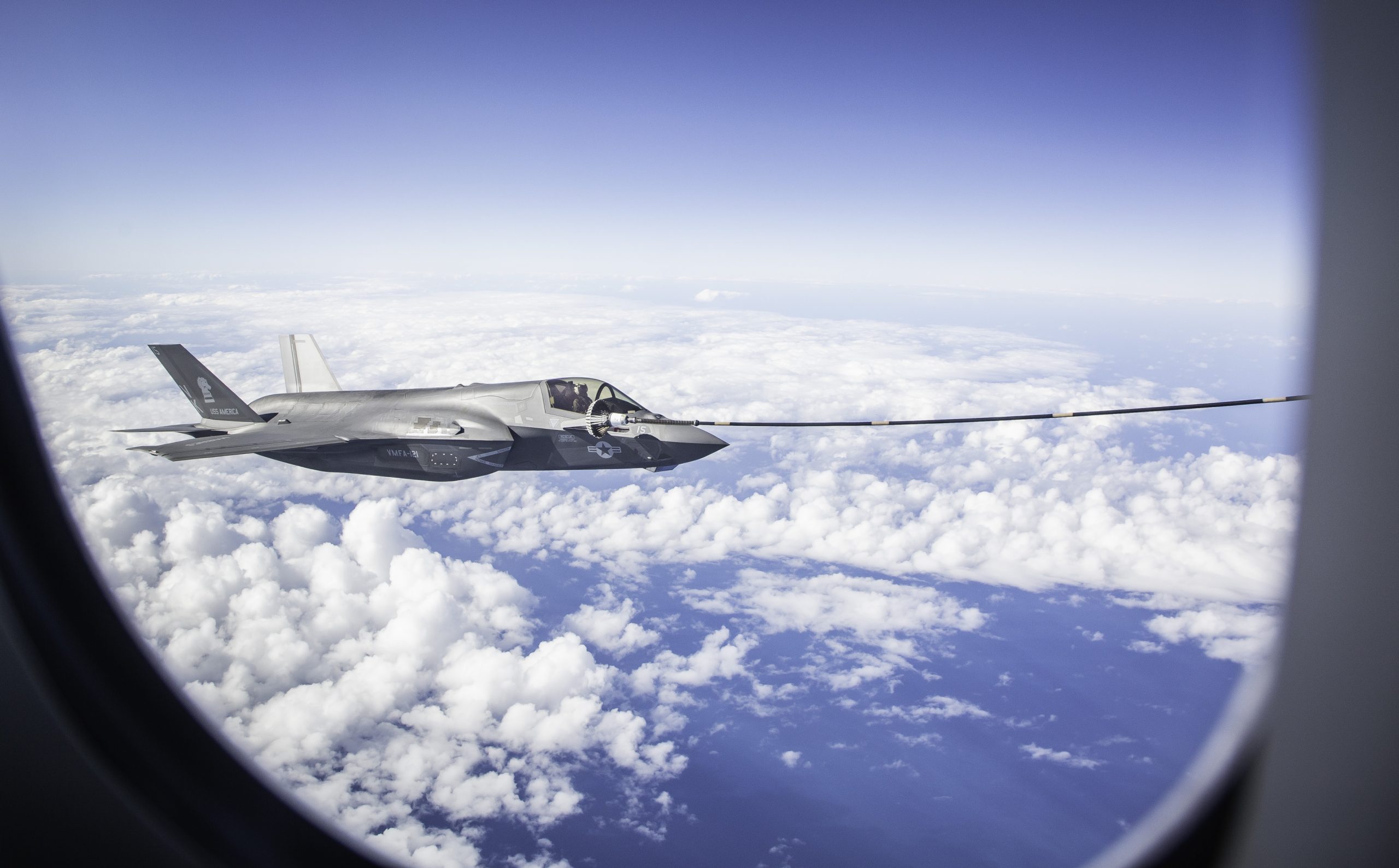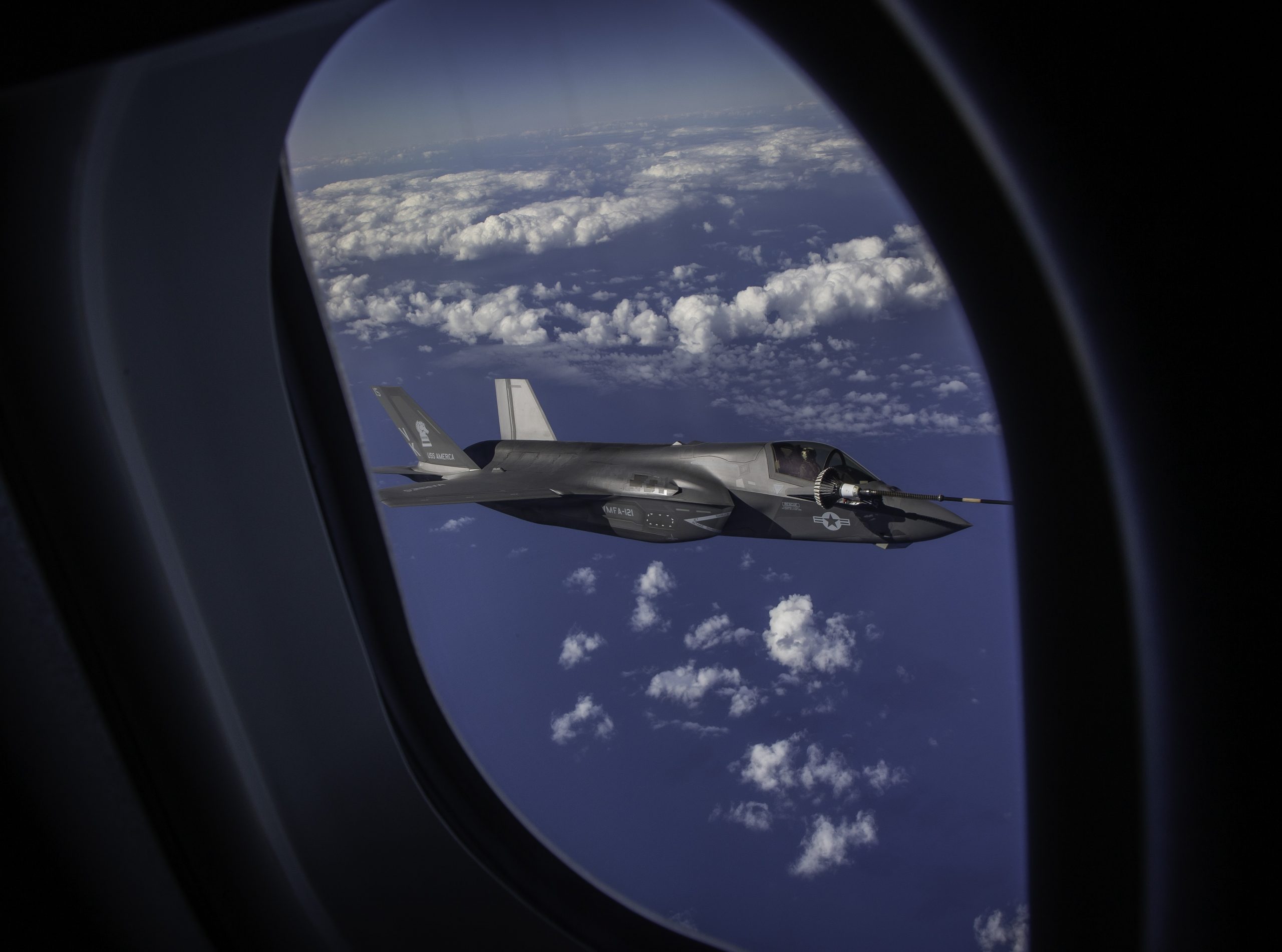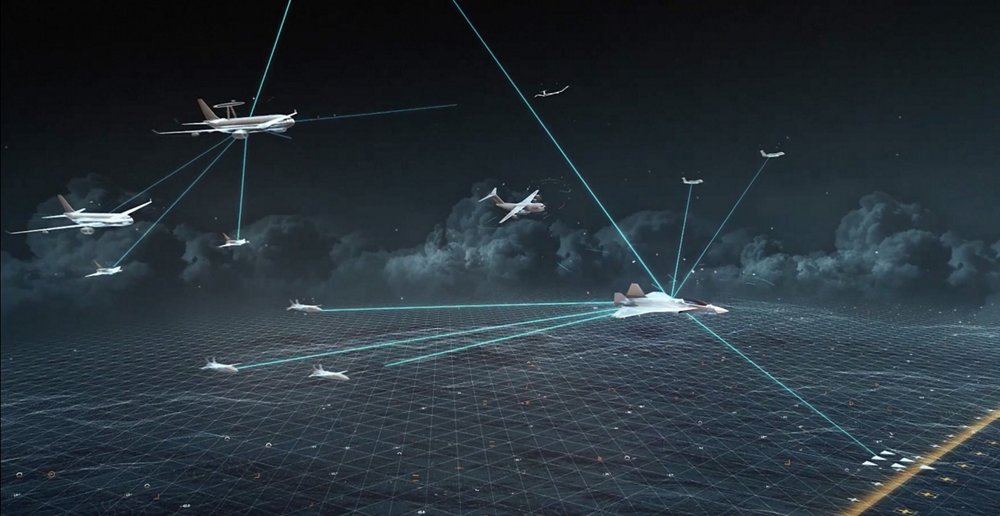By Robbin Laird
During my visit to Honolulu in early August 2021, I visited MARFORPAC for several days. I had been last there in 2014-2015, so had a chance to look at changes underway since then. One of those changes has been the focus on naval integration and how the Marines can provide for integrated fires for the fleet.
I had a chance to discuss this with Colonel Ricardo Miagany, Assistant Chief of Staff of the G-3, or the operations directorate of MARFORPAC. Col. Miagany is an experienced artillery officer, whose last assignment was at Camp Pendleton as the commander of the 11th Marine Regiment, 1st Marine Division.
This is how Col. Miagany highlighted how he saw the change underway in the USMC with regard to Pacific operations in his domain of expertise.
“I think that it was very interesting to me when the commandant’s planning guidance came out a few years ago, one of the things that stood out to me right away was when he said that he wanted Marines fighting on, from, and to the sea. That really resonated with me.
“At times, as an artillery officer, we’re geared for larger-scale, ground-up, ground combat operations. The division fight, if you will. But the commandant’s focus is very clear, that we are trying to offer a different value proposition in the joint force, and that by focusing on our amphibious nature, and focusing on our ability to operate at sea, aboard amphibious shipping, to transition from the sea for operations ashore, or to operate from the shore to sea. I think that’s where we can offer capabilities and capacity that joint force doesn’t currently have or hasn’t had.”
The termination of the INF treaty is a key part of the way ahead, notably if the United States builds out longer range fires, formerly prohibited by the INF treaty. This is how Col. Miagany put it: “When we stepped out of the INF treaty, that opened the door for the development of long-range precision fires. So now we can pursue systems, ground systems, that could reach out and impact the maritime domain.”
But these weapons are not yet here.
What the Marines are focusing on is leveraging the weapons they currently employ and reshaping the template of how to contribute fires in support of naval operations. Part of the changing template encompassed by Marines operating in the Pacific theater involves how reconnaissance and counter reconnaissance is worked.
As Col. Miagany put it: “We are focusing in developing greater proficiency and capacity on sensing and holding custody of maritime targets for engagement with our own organic fires or that of the joint force. We see this as a key role for III MEF units or what we are now calling Stand in Forces.”
Col. Miagany added: “When you consider the Pacific and the geography of the Pacific, there’s some pretty key choke points and sea lines of communication that we want to make sure remain free and open. I think we can provide value, to the fleet, because multiple different types of platforms can address threats in the maritime domain.
“If we become an integrated capability with the fleet, that frees up multi-mission platforms like destroyers, or Burke-class destroyers, that have multiple different missions. We can take something off their plate. We can secure a strait, and protect a SLOC, thereby bringing capacity and capability back to the fleet, by covering down on a task, for example. I think that’s where, to me, the value of what the commandant has laid out, and what we’re pursuing, from a fires standpoint.”
Shaping the template for fires by being able to operate ashore and provide strike mobility is part of the template being shaped, again prior to having the long-range weapons which can more effectively empower the new approach.
For Col. Miagany: “What we’re learning to do is how to be survivable, by using the micro-terrain. You have to seek cover and concealment. You can hide inside within an archipelago, and your signature management, to the degree that you can be more expeditionary and more self-sufficient, will cut down the long logistics lines or your frequency of resupply.
“There’s also a husbanding of assets. You only going to have so many shots, so you got to wait patiently for the right shot, or the right point in time to take your shot. Because after firing, you certainly have created a signature, so now I’ve got to pick up, move, dislocate, reposition, and get into another position of advantage to be able to still impact the enemy.
“You’re hidden until you’re found, or you’re hidden until you expose yourself. And then the key is, all right, I’ve created a signature, but can I displace, and can I reposition before he has an opportunity to respond.”
Although the using cover, concealment, fires and maneuver are well developed by the USMC, what is new is adapting and developing improved tactics, techniques and procedures (TTPs) to deal with the evolving Pacific challenge.
There are many challenges to full implementation of this approach, including the question of firing authorities involving U.S. Navy and USAF operations, including those of coalition partners as well. This is a kill web approach as well to integrated fires which will require working through the sensor-shooter relationships in a distributed battlespace.
Col. Miagany highlighted that the Marines are working the challenge, again understood as shaping a template for future capabilities as well as reworking what can done with the shorter-range systems which the Marines possess at present. “The strength we have as Marines is our willingness to take on a a new mission or a mission redefined, with a different set of capabilities, and the ingenuity that Marines bring to bear.
“We have our artillery battalion here, 1st Battalion, 12th Marines, on Hawaii, here on Oahu. And they have routinely exercised and trained with U.S. Navy destroyers and also allied destroyers that have come to the island and worked through the physics of making sure that all the right aspects are talking to each other, so that if there are Maritime Patrol and Reconnaissance (MPRA) aircraft overhead, and there’s a destroyer at sea, and then the 12th Marine C2 elements ashore, they are all talking to each other on the net, and work to exchange targeting information.
The template piece of this is clear. By working through with current technology, the Marines and the joint force are shaping capabilities that will be enhanced when longer range strike weapons are available.
As Col. Miagany put it: “Even though we do not have those weapons, which are still being developed, we’ll know how to employ them as soon as they arrive. As soon as it is delivered by the acquisition process, we will already know what we want to do with it, and how we want to put it into the fight. And that we’ve done that jointly, and that we’ve done that in partnership with the Navy and also the joint force.”
The shift is significant.
Col. Miagany underscored how significant it is. “Ground artillery, cannon artillery, support large-scale ground combat operations. If we don’t anticipate the likelihood of finding ourselves in another large-scale ground combat op, then we need to pursue capabilities that are a benefit to the fleet and the joint force.
“It is about presenting a credible threat that has a deterrent effect on our adversary. At least cause them to think twice, cause them to reconsider the calculus or, again, cause them to pause and stop and give thought to analyze, what are U.S. forces doing in theater? How are they positioning? With what distributed capabilities? For what periods of time?
“We are looking to present our adversaries with a challenging problem that they have to address. We are looking to take the initiative with regard to adversaries, as opposed to sitting back and simply reacting to them. Our activity, our focus, our initiative drives their reaction to us.”
Although the Marines in the Pacific are becoming more focused on maritime fires, the continue to focus as well on ground fires capability as well.
According to . Col. Miagany: “We still retain a significant ground fires capability within the Marine division, especially the Blue Diamond. Our MEUs are deploying with cannon batteries still and some have added rocket artillery. The most recent example was the deployment of the 15th MEU who deployed with a HIMARS platoon from 5/11 along with a cannon battery from 1/11.”
There is as well the amphibious piece of this effort, whereby operations at sea can play out in the re-calibrating of how the Marines can deliver integrated fires as well. I discussed the amphibious aspects in other meetings and interviews while at MARFORPAC, but Col. Miagany closed with a very interesting perspective on the amphibious side of the evolving capability picture.
“We have our Pacific Amphibious Leader Symposium, the one that General Rudder participates in and leads. There are a number of nations in the Pacific that have amphibious forces. By focusing on proactive defense and weaponization, capabilities can be shaped more cost effectively going forward. These types of weapons systems are lot cheaper than building high-end ships, destroyers and cruisers and aircraft carriers, et cetera.
“There’s an economy of scale here that is appealing for smaller nations. And you must consider foreign military sales opportunities as well. We strive to be the duty expert about amphibiosity and help our allies and partners become proficient. And by so doing enhance allied and partner capacity and in effect, creating a mobile force that complicates the adversary’s targeting and which adds deterrent value as well.”
In short, for the fires element of the USMC change is underway to deal with the dynamics of change within the threat envelope in the Pacific.
Col. Miagany summed up the change as follows: “The Commandant of the USMC has made the decision to weight rocket artillery capability for both ground operations and maritime fires.
“We will certainly strive to find the right balance that makes us more relevant.
“To achieve a deterrent effect in competition, below the threshold of violence but to also be ready for contingency or crisis operations when they arise. Additionally, the Marine Corps is pursuing new loitering munition technologies to enhance the lethality of our infantry units at greater ranges.”
Featured Photo: Lt. Col. Ricardo Miagany, the commanding officer of 3rd Battalion, 12th Marine Regiment, 3rd Marine Division, III Marine Expeditionary Force, shakes hands with Yohei Wakabayashi, the mayor of Gotemba City, June 15, 2011. The purpose of the visit was to discuss the Artillery Relocation Training Program 2011 at the East Fuji Maneuver Area and to assure local governments that training will be conducted in a safe and responsible manner.
CAMP FUJI, AICHI, JAPAN
06.15.2011
III Marine Expeditionary Forc



